China’s top 10 Archaeological Discoveries in 2016 Announced
From:Chinese Archaeology NetWriter:Li XinweiDate:2017-04-18
The annual selection organized by China Cultural Relics News and Society of Chinese Archaeology (SCA) announced the top 10 Archaeological discoveries in China of the year of 2016 on April 12th 2017.Some 25 archeological projects were narrowed down from several hundreds excavations to become finalists.
The judges were from the State Administration of Cultural Heritage, Institute of Archaeology under the Chinese Academy of Social Sciences, Peking University, the Palace Museum and other archaeological institutions.
The final top 10 are:
Gezishan site in Qingtongxia, Ninxia
Niupodong cave site in Gui’an, Guizhou
Shijiahe Neolithic site in Tianmen, Hubei
Kuzhaikeng kiln site of proto celadon in Yongchun, Fujian
Xuechi ritual site of the Qin and Han Dynasties in Fengxiang, Shannxi
Ancient Lu County of the Han Dynasty in Tongzhou, Beijing
Housi’ao kiln site of the Mise olive green porcelain of the Tang and Five-Dynasties in Cixi, Zhejiang
Qinglongzhen site in Qingpu, Shanghai
Guzhen Kiln site of the Song and Jin Dynasties in Hejin, Shanxi
Tongmuling mining and metallurgy site in Guiyang, Hunan
Niupodong cave site in Gui’an, Guizhou
Shijiahe Neolithic site in Tianmen, Hubei
Kuzhaikeng kiln site of proto celadon in Yongchun, Fujian
Xuechi ritual site of the Qin and Han Dynasties in Fengxiang, Shannxi
Ancient Lu County of the Han Dynasty in Tongzhou, Beijing
Housi’ao kiln site of the Mise olive green porcelain of the Tang and Five-Dynasties in Cixi, Zhejiang
Qinglongzhen site in Qingpu, Shanghai
Guzhen Kiln site of the Song and Jin Dynasties in Hejin, Shanxi
Tongmuling mining and metallurgy site in Guiyang, Hunan
Gezishan site in Qingtongxia, Ninxia
Excavated by Ningxia Institute of Archaeology and Cultural Relics and Institute of Vertebrate Paleontology and Paleoanthropology in Chinese Academy of Science
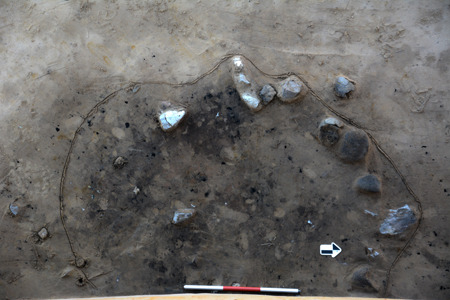
The fire-using remain found in Gezishan Site
Full Story
http://www.kaogu.cn/en/News/New_discoveries/2017/0414/57810.html
Niupodong cave site in Gui’an, Guizhou
Excavated by the Institute of Archaeology, Chinese Academy of Social Sciences and Guizhou Provincial Institute of Archaeology and Cultural Relics

Pottery of phase IV
Full Story
http://kaogu.cn/en/News/New_discoveries/2017/0120/56907.html
Shijiahe site in Tianmen, Hubei
Excavated by Hubei Provincial Institute of Archaeology and Cultural Relics
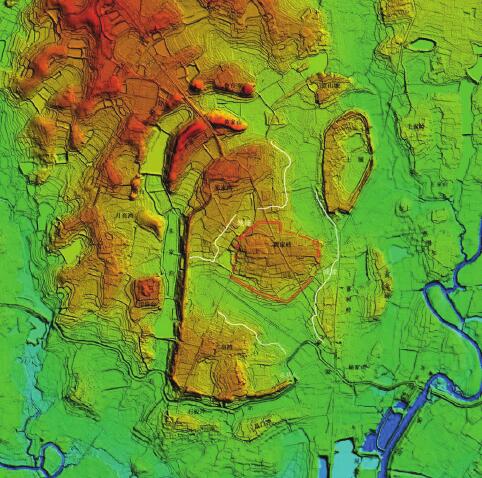
Digital mapping of Tanjialing ancient city
Full Story
http://www.kaogu.cn/en/News/New_discoveries/2017/0120/56903.html
Kuzhaikeng kiln site of proto celadon in Yongchun, Fujian
Excavated by Fujian Museum

Kiln furnace remain Y2
Totally 9 well-preserved long dragon-kilns were found one to another. The designs on the proto celadon vessels show clear relationship with earlier stamped-design ceramic which was popular in south China and crucial for the origin of the earliest porcelain in China. These kilns, which can be dated to Middle Xia to Middle Shang Dynasties, were the earliest kilns for celadon manufacture.Full Story
http://www.kaogu.cn/en/News/New_discoveries/2017/0418/57854.html
Xuechi ritual site of the Qin and Han Dynasties in Fengxiang, Shannxi
Excavated by Shannxi Provincial Institute of Archaeology, National Museum, Baoji City Institute of Archaeology and Fengxiang Museum
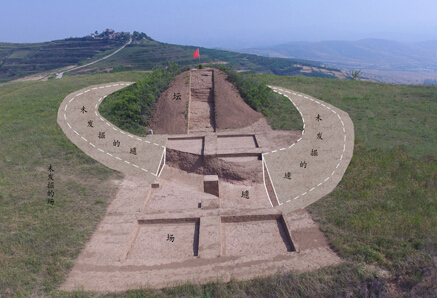
The section plan of the rammed-earth platform
Full Story
http://www.kaogu.cn/en/News/New_discoveries/2017/0111/56760.html
Ancient Lu County of the Han Dynasty in Tongzhou, Beijing
Excavated by Beijing Institute of Archaeology and Cultural Relics and Tongzhou Committee of Cultural Affairs
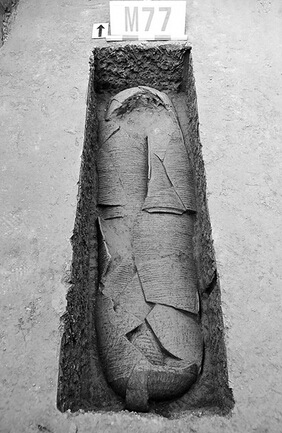
Adult urn burials dating back to the Warrior State Period
Full Story
http://www.kaogu.cn/en/News/New_discoveries/2017/0228/57265.html?1492071469
Housi’ao kiln site of the Mise olive green porcelain of the Tang and Five-Dynasties in Cixi, Zhejiang
Excavated by Zhejiang Provincial Institute of Archaeology and Cultural Relics, Center for Underwater Cultural Heritage of the National Administration Bureau of Cultural Heritage, Ningbo City Institute of Archaeology and Cultural Relics and Cixi City Committee of Cultural Relics
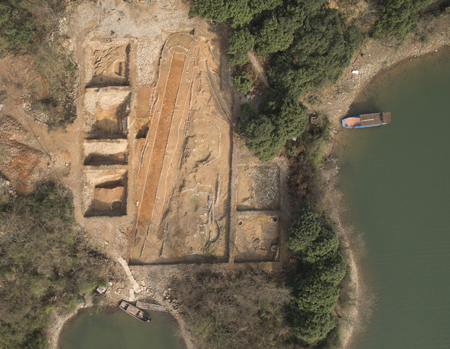
The aerial photo showed Housi’ao kiln site
Full Story
http://www.kaogu.cn/en/News/New_discoveries/2017/0419/57894.html
Qinglongzhen site in Qingpu, Shanghai
Excavated by Shanghai Museum
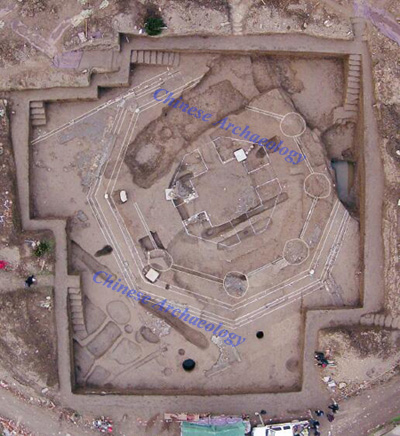
The aerial photo of the foundation of the Longping Temple
Full Story
http://www.kaogu.cn/en/News/New_discoveries/2017/0306/57332.html?1492071412
Guzhen Kiln site of the Song and Jin Dynasties in Hejin, Shanxi
Excavated by Shanxi Provincial Institute of Archaeology and Hejin City Bureau of Cultural Heritage Management
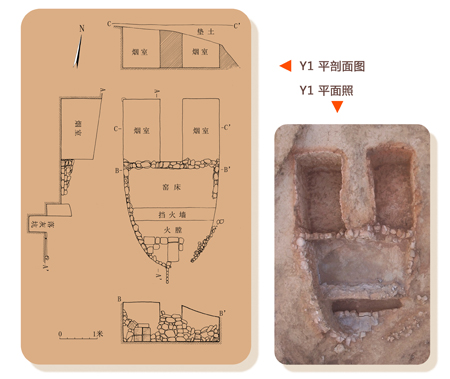
The layout and section plan of kiln Y1
Full Story
http://www.kaogu.cn/en/News/New_discoveries/2017/0417/57844.html
Tongmuling mining and metallurgy site in Guiyang, Hunan
Excavated by Hunan Provincial Institute of Archaeology and Cultural Relics and School of Archaeology and Museology of Beijing University

The map illustrated the smelting process
Full Story
http://www.kaogu.cn/en/News/New_discoveries/2017/0418/57869.html?1492563872
Professor Wang Wei, Chair of SCA described the selection this year as an intense competition. The top ten winner sites cover a long time span from the Paleolithic time to Ming and Qing periods. The fruitful discoveries of historic archaeology in 2016 are especially eye-catching. Wang and other archaeologists answered the questions on the standard of their selection and other questions pertaining of the 10 sites in a press conference after the selection. (Translator: Li Xinwei;Photo Credit:ccrnews)

